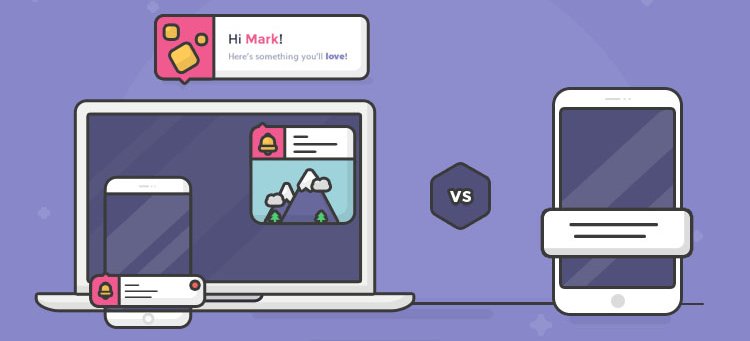In digital marketing, push notifications, also referred to as pushads, are a very focused way to interact with people. Even when a consumer isn’t actively using a website or app, these advertisements enable marketers to transmit messages straight to their device. In the digital sphere, push advertisements provide a special combination of reach, immediateness, and relevancy. They serve as communications with authorization that are sent to people who have chosen to receive updates. A user’s device is given a token or unique identification upon subscription, which enables the notification ads system to concentrate on the user and deliver real-time updates.
What is push ads? Push advertisements’ targeting mechanisms, which personalise messages based on real-time user data, make them incredibly successful. With the use of behavioural triggers such as cart abandonment, browser habits, or app inactivity, push advertisements also function within a larger ecosystem of engagement loops. Pending purchases can be restored via urgent push messages, which frequently make use of psychological concepts like shortage and loss aversion.
In order to reach people at the best time and prevent oversaturation, push advertisements balance frequency and timing. To increase click-through rates and reduce unsubscriptions, platforms schedule delivery windows according to user time zones, periods of high activity, or engagement data. More personalisation and efficiency in subsequent efforts are made possible by categorisation based on response behaviour made possible by advanced analytics systems. Push advertisements work well because they make advantage of behavioural psychology, which reinforces user behaviour through habit loops and frequent incentives. According to operant training, which holds that behaviour that is followed by pleasant stimuli tends to be repeated, push notifications serve as simultaneously triggers and rewards.
Although push advertisements have many advantages, they can have drawbacks, including overuse, platform restrictions, and rivalry from other channels of interaction including email, SMS, and in-app messaging. Segmentation and message personalisation are essential since overuse can irritate users and increase opt-out rates. The application of artificial intelligence and machine learning is driving the growth of push advertising. Large databases are analysed by these technologies to automate message delivery and forecast user behaviour.







